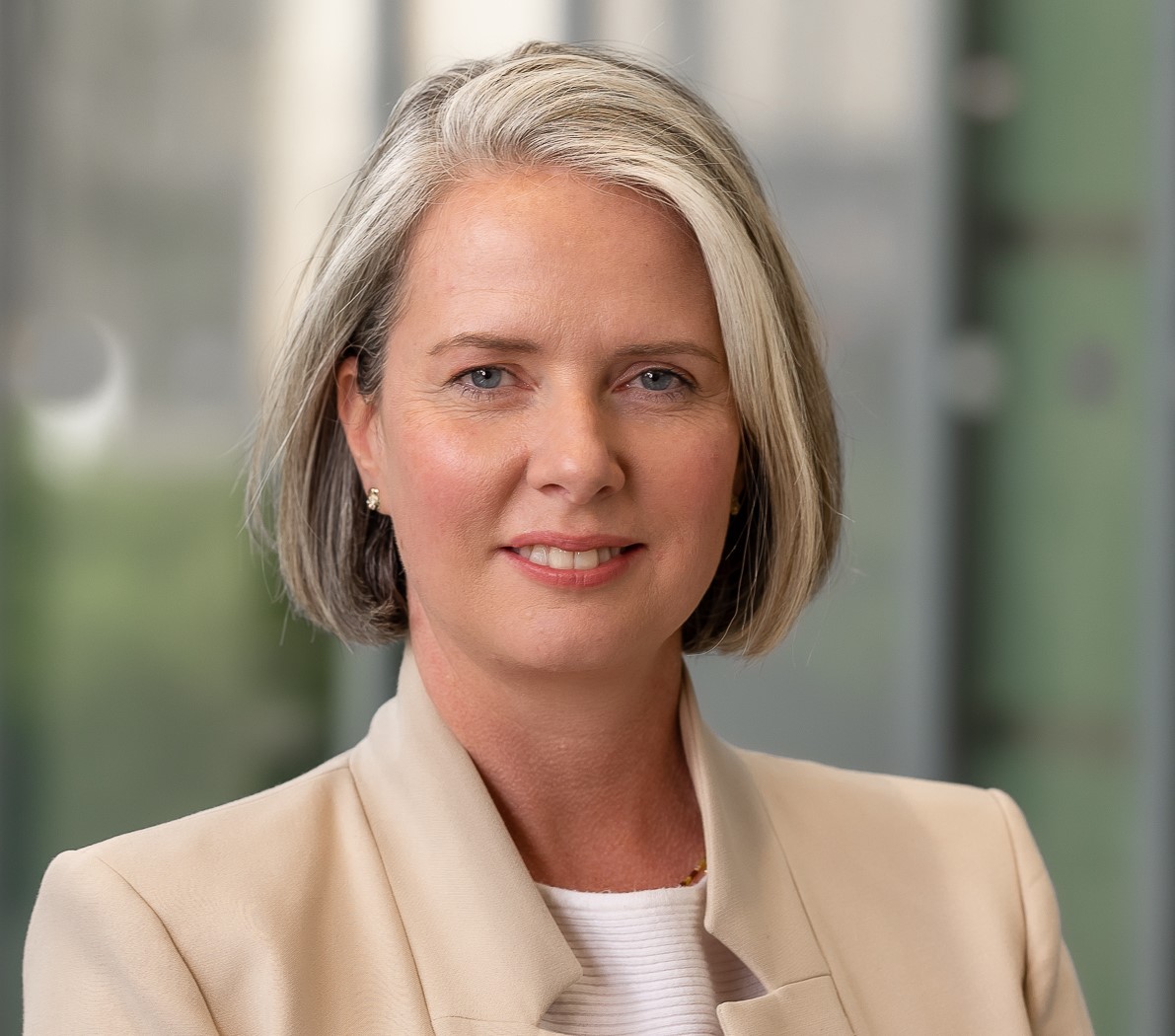Fund Administration:
Automation, artificial intelligence and machine learning techniques – to name a few – have drastically changed the way many industries operate. Can the same be said for the investment industry?
In some areas, such as, trading, reconciliation and settlement, automated processes are now considered the industry norm. Not so long ago, these functions were mainly manual. This has been replaced by the use of structured message formats and digital self-service delivery.
The benefits have been plainly evident: greater efficiency, lower risk and reduced errors. Ultimately, this translates into improved value through better service and lower fees for end investors.
However, day-to-day fund management operations still have many inefficient processes that can be eliminated. This includes legacy systems in established businesses, systems that cannot be used in all jurisdictions or systems that have been added through merger and acquisition (M&A) activity. In fact, 42% of the respondents in an Accenture survey believe that their operations and technology are not configured to execute their overall business strategy ().
The challenges for technological innovation in asset management
Asset managers have shown the will to change in favour of improvements: four in five rank digital capabilities as a “top or high priority” according to consultancy Alpha FMC.
However, the industry faces several challenges in this regard.
Technology cost and gaining ROI: implementing new systems often comes at a significant cost, due to a number of factors, which include:
- Buying or building a new back-, middle- and/or front-office system that can support real-time API-based integration with new data sources and provide the outputs required by all different kinds of clients and consumers.
- Expertise, with regards to training for the existing team – will new people be needed to implement and maintain updated systems?
- The value of investment in technology: many larger asset managers have their own systems, developed over many years and uniquely suited to the needs of their individual business models.
While there is undoubtedly a cost to obtaining new technology, in-house systems can also be expensive to maintain and adapt to new technologies, inputs and client requirements. As reporting demands increase and new types of data emerge, asset managers’ systems must adapt to survive. If they are unable to meet these demands, they simply will not get the customers.
Integration: this is probably the most crucial aspect of any asset or wealth manager’s technology system. No one operates in a silo anymore – and technology needs to reflect that. It needs to integrate as seamlessly as possible with new and existing data sources as well as internal and external systems for reporting and trading.
Flexibility: This does not equate to buying updated software every year; for fund managers, updating their technology should be as easy as updating an app. A truly flexible and adaptable asset management technology platform can be adjusted at any time to reflect new functionalities, new products or new regulations without disrupting day-to-day business.
Standardisation of data and reporting is more important than ever, in this environment where the investment universe gets more complex. Investing across borders, legal jurisdictions, currencies, and tax laws presents numerous challenges when constructing portfolios. The same holds true for providing accurate and timely information to investors. An automated system that is able to translate and amalgamate multiple data sources into a single, simple to understand format will prove invaluable to investment companies and their clients.
Speed: Lengthy onboarding processes will increasingly deter consumers who have become used to a slick client experience. Being slow to process and analyse data and transfer it to where it is needed will also hamper development – and in the worst case, it will cost clients, who will simply go to where they can get the service they want.
It is not just retail customers that expect speed and agility. Institutional clients expect it too. Onboarding of new institutions onto the latest technology platforms can now be done much more efficiently, compared to just a few years ago when transferring from one technology provider could take years.
Is it worth the investment?
New, innovative technology – that can adapt as business needs change – brings with it significant opportunities for streamlining operations and reducing risk.
Asset and wealth managers need flexibility, resilience, and scalability from their technology systems. With legacy “systems built on in-house mainframes, maintenance and growth was often a cost-heavy process. With a cloud-based asset management technology system, however, users can access an easily adaptable system with optimum cybersecurity and the ability to scale up quickly in line with the growth of the business it serves. A modular approach based on an amalgam of “microservices” (potentially from more than one tech provider) enables asset managers to build exactly the tech infrastructure they need – and easily adapt it as those needs change.
While automation across the front-, middle-, and back offices of asset and wealth managers will have commercial benefits – reducing costs, increasing the customer base and boosting assets under management – it can also bring wider benefits.
By leveraging scale and cost controls, asset managers with the best technology platforms can also contribute to financial inclusion efforts to bring the benefits of long-term saving to more people.
For more information about Bravura and the services we offer for fund administration, please get in touch.
More Insights

